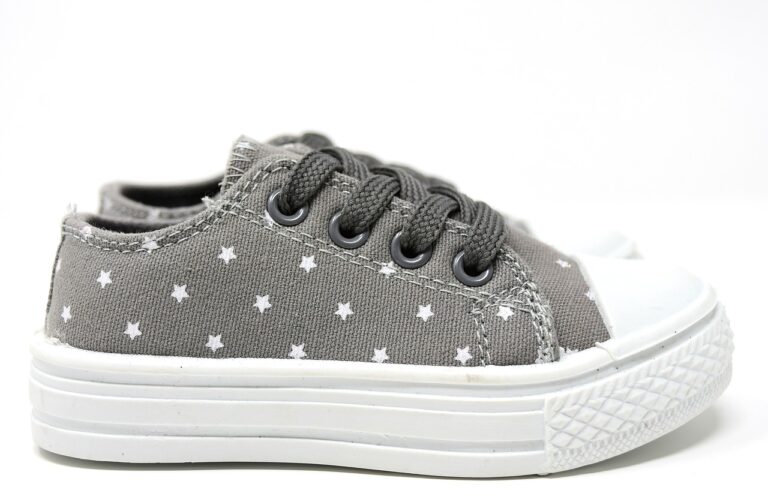Fashion and Sustainable Fashion Research: Studying the Environmental and Social Impacts of Clothing Production
For this study, the primary aim is to investigate the environmental impacts of clothing production. Understanding the resource consumption, waste generation, and pollution levels associated with the fashion industry is crucial in developing sustainable practices. By examining the entire life cycle of clothing – from raw material extraction to disposal – this research seeks to pinpoint the most significant ecological challenges and propose solutions for mitigating them.
In addition to environmental concerns, this study also aims to explore the social impacts of clothing production. This includes an examination of labor practices, working conditions, and the well-being of workers throughout the supply chain. By shedding light on the human side of the fashion industry, this research aims to inform consumers, policymakers, and industry stakeholders about the social implications of their choices and actions.
Investigate the environmental impacts of clothing production
Understand resource consumption, waste generation, and pollution levels in the fashion industry
Examine the entire life cycle of clothing from raw material extraction to disposal
Pinpoint significant ecological challenges and propose solutions for mitigation
Explore social impacts of clothing production
Examine labor practices, working conditions, and worker well-being throughout the supply chain
Shed light on the human side of the fashion industry
Inform consumers, policymakers, and industry stakeholders about social implications
Environmental Impacts of Clothing Production
The fast fashion industry has been criticized for its significant contribution to environmental degradation. The extensive use of natural resources such as water, land, and energy in the production of clothing has led to concerns about sustainability. Additionally, the high levels of pollution generated during the manufacturing process, including toxic chemicals released into water sources, air pollution from dyeing processes, and greenhouse gas emissions, further exacerbate the environmental impacts of clothing production.
Furthermore, the disposal of clothing items also poses a significant challenge to the environment. With the rise of fast fashion trends and the constant cycle of purchasing and discarding garments, landfills are overflowing with textiles that take years to decompose. The lack of proper recycling and waste management systems further perpetuates this issue, leading to long-term environmental consequences.
Social Impacts of Clothing Production
Businesses often outsource their manufacturing to countries with lower labor costs, leading to exploitative working conditions and low wages for garment workers. This can perpetuate a cycle of poverty and create unstable employment opportunities for those in the industry. Additionally, the fast fashion industrys quick turnover of trends and styles can put immense pressure on workers to meet unreasonable production deadlines, leading to long and grueling work hours that impact their health and well-being.
What are the research objectives of studying the social impacts of clothing production?
The research objectives include understanding the working conditions of garment workers, examining the impact on local communities, and analyzing the role of clothing production in income inequality.
How does clothing production impact the environment?
Clothing production contributes to pollution, water consumption, and waste generation. The use of chemicals in dyeing and finishing processes also has harmful effects on the environment.
What are some social impacts of clothing production?
Some social impacts of clothing production include poor working conditions in garment factories, low wages for workers, child labor, and displacement of local communities due to industrialization.
How can consumers support ethically produced clothing?
Consumers can support ethically produced clothing by choosing brands that prioritize fair labor practices, transparency in their supply chain, and environmentally friendly production methods. Additionally, buying second-hand or vintage clothing can help reduce the demand for new products.







